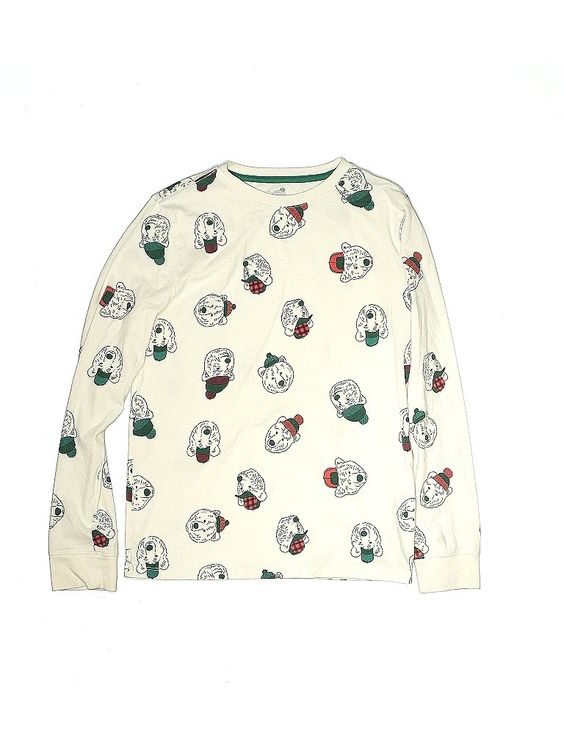Great news for clothing enthusiasts and Cat & Jack brand lovers everywhere – Cat & Jack shirts are now available in women’s sizes! The brand, widely recognized for its stylish, affordable, and high-quality children’s clothing, has expanded its line to cater to the fashion needs of women. This exciting development offers more choices to customers who appreciate the unique styles of Cat & Jack shirts.
The expansion into women’s sizes comes as a response to the growing demand from customers who wanted to enjoy the fashionable designs that Cat & Jack is known for, but in sizes that fit them. The company has listened and now offers an array of vibrant and trendy clothing options for women.
The new collection includes a diverse range of designs and styles in a variety of colors that are perfect for any occasion. From casual wear to more formal events, women can now enjoy the comforting fabrics and creative patterns they’ve come to love from the Cat & Jack brand. With such a wide selection, there is something for everyone to enjoy.
In addition to offering stylish designs, Cat & Jack’s focus remains on providing high-quality products at affordable prices. The clothing materials are made with durability in mind – ensuring both comfort and longevity. This means that customers can trust that their investment in the brand will pay off through many wears.
Furthermore, sustainability is at the forefront of Cat & Jack’s mission. The company is committed to using environmentally friendly production methods and materials that reduce wastage without compromising on quality. As a result, customers can shop confidently knowing they’re contributing to a greener future.
The introduction of Cat & Jack shirts in women’s sizes demonstrates the brand’s commitment to making fashionable clothing accessible to everyone. This exciting development not only provides stylish options for adult fans of the brand but also fosters inclusivity within the fashion industry.
With countless options now available in stores and online, it’s never been easier to find the perfect Cat & Jack shirt to match your style. So, why wait? Head over to your local retailer or browse online to explore this fantastic new collection and experience the comfort, quality, and fashion-forward designs that Cat & Jack Shirts now offer in women’s sizes.


